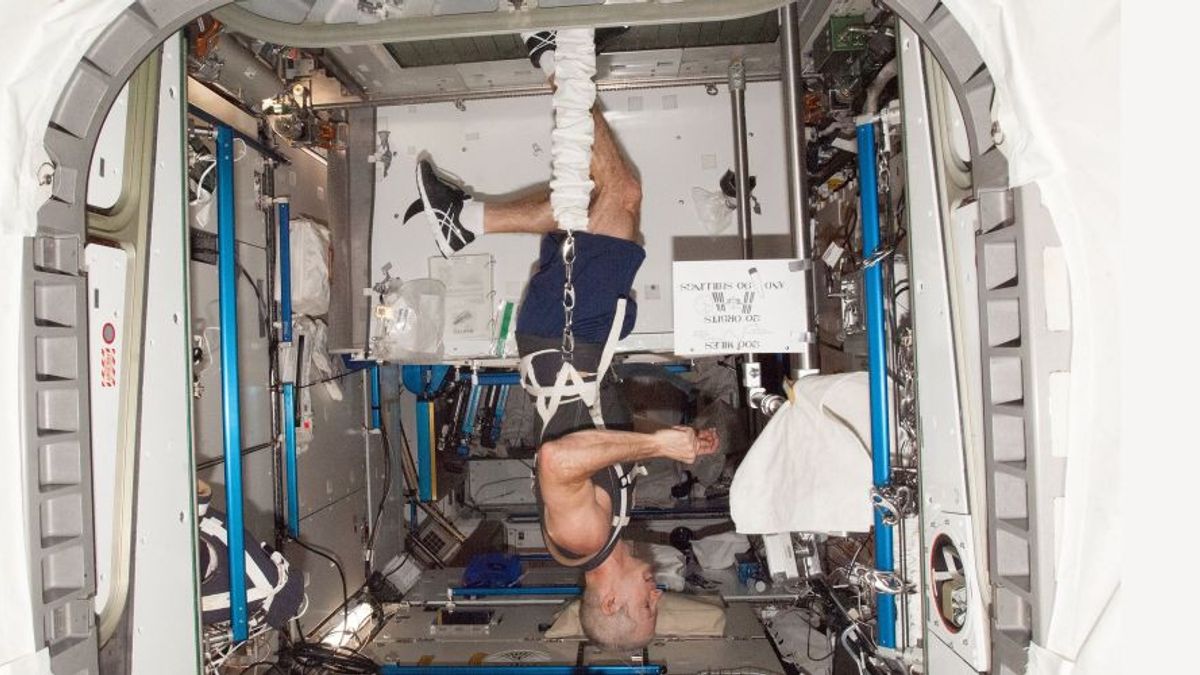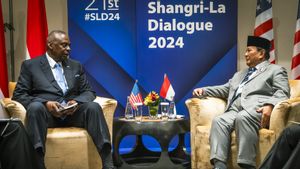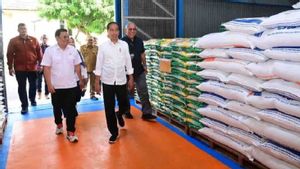JAKARTA - The European Space Agency (ESA) has shared a video of astronaut Thomas Gautier Pesquet running on a treadmill on the International Space Station while clinging to a bungee cord and in a rather odd orientation than one would expect on Earth.
In microgravity space, astronauts must follow a rather unique fitness workout in which training equipment must be modified and training postures adjusted to suit the weightlessness they experience in space. Exercise is especially important in space because of the physical risks that astronauts face including decreased bone density and loss of muscle mass.
To combat these health problems, astronauts follow a rigorous exercise regimen that includes an average of at least a few hours of exercise every day. As for the equipment they have, the International Space Station has been equipped with three types of engines. They are a COLBERT treadmill, a bicycle called the Cycle Ergometer with Vibration Isolation System (CEVIS), and a weightlifting machine called the Advanced Resistive Exercise Device (ARED), which has been equipped with two vacuum cylinders to simulate free weights. When human settlement finally occurs on the Moon or Mars, these fitness devices will have to be modified according to the surface gravity values.
In a video shared by ESA on Instagram, French astronaut Thomas Pequet is seen clinging to a bungee cord that acts as a strap and simulates resistance so astronauts don't fly and feel the strain on their bodies for a true running training experience.
Pequet likens this treadmill experience to 'running with a backpack at your own weight' and adds that instead of the legs, it is the shoulders and hips that feel the real physical stress in this scenario. These astronauts actually undergo extensive testing in simulated conditions on Earth with these machines to get used to before they head out into space for trips on the space station.
Running In Space Is Not Easy
Named after comedian Stephen Colbert, the bungee cord attached to the COLBERT treadmill holds the astronaut's feet to the surface. Interestingly, astronaut Sunita Williams ran the Boston Marathon remotely on the station's 26.2-mile (42 km) treadmill while strapped to this rope in 2007.
The COLBERT treadmill is actually equipped with a state-of-the-art vibration dampening system so it doesn't shake the rest of the space station, especially the complex experiments carried out in other areas. Other areas of the space station have many other exercise machines such as the VELO Ergomoeter Bike and the BD-2 treadmill in the Russian segment.
As far as running goes, the COLBERT treadmill allows astronauts to run in a speed range of 4.8 to 20 km/h. The bungee cord is attached to several hooks whose number can be changed to increase or decrease the load the astronaut feels on the body.
The speed and intensity of a treadmill session is controlled by a set of protocols designed by the trainer in the field. Thanks to new NASA research led by Robert Whalen, the agency has designed the so-called 'Anti-Gravity' treadmill which proposes using differential air pressure to mimic the effects of gravity by sealing the lower body in an airtight enclosure and providing a more natural running experience than tied with a harness.
The English, Chinese, Japanese, Arabic, and French versions are automatically generated by the AI. So there may still be inaccuracies in translating, please always see Indonesian as our main language. (system supported by DigitalSiber.id)













